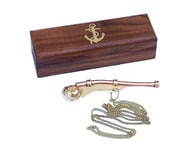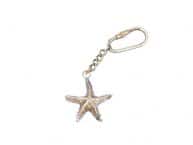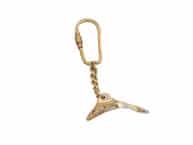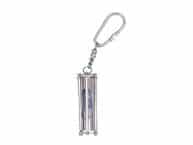This nautical-themed key chain is both adorable and functional, featuring a brass bell key fob. Crafted from solid brass, this key chain is as beautiful as it is durable and functional with a knurled knob that allows you to easily and securely add or remove keys from the ring. These wonderful key chains make ideal gifts for all.
- Solid brass keyring and body
- Knurled Knob makes changing keys easy and secure
- Overall length is total of ring, chain, and symbol length

WARNING: This product can expose you to chemicals including Formaldehyde, and Styrene, which are known to the State of California to cause cancer, and Chromium and Toluene, which are known to the State of California to cause birth defects or other reproductive harm. For more information go to www.P65Warnings.ca.gov
First developed during the Bronze Age, around 3000 BC, antique bells became an important part of history, used across the globe as signals and beacons for many purposes. The Chinese were the first civilization to make truly well-crafted antique bells, though Europeans were not far behind. Used particularly for religious services and to mark the passage of time, Christians used antique bells for their most important announcements and services. In the 1400s, as the European powers of Spain and Italy began to explore the world by sail, the brass ship bell took on an essential roll aboard ships. For both safety and to signal other ships as well as sailors, the installation of a large, solid brass bell was implemented, allowing for a deep, resonating ring that could be heard for miles at sea.
Beginning in the Bronze Age the first metal bells were cast, becoming more sophisticated and refined over time before reaching the common shape we all know today. An important part of nautical life, the ship’s bell reproduced on these solid brass key rings provided many uses at sea. Used to signal other ships, especially in fog, the British Naval Regulations made the warning bell mandatory in 1858. Contemporary maritime law also requires that each ship carry such a bell for warning, and the bell on this brass key chain could have been used for this purpose or as a signal to the sailors aboard the ship. In the early days of sailing, before reliable clocks and watches, a bell much like the one on this brass key ring was ideal for keeping time. It was the duty of one of the ship’s boys to watch and turn hourglasses, and mark the time by striking a series of bells. This practice and system is still in use today with eight bells, struck at the half hour and hour marks of sailors’ four hour shifts. The much larger versions of the bells on these solid brass key rings were also used in ceremonies aboard ship. Whenever high ranking officers, political figures, or other privileged guests came aboard, bells were rung in their honor. One of the most noted ship’s bells was crafted by Paul Revere in 1798, with a style similar to these brass key rings though weighing a massive 242 pounds, and still can be seen today aboard the USS Constitution, or “Old Ironsides.”


 Handcrafted
Handcrafted Handcrafted
Handcrafted Handcrafted
Handcrafted Handcrafted
Handcrafted Handcrafted
Handcrafted Handcrafted Model Ships
Handcrafted Model Ships


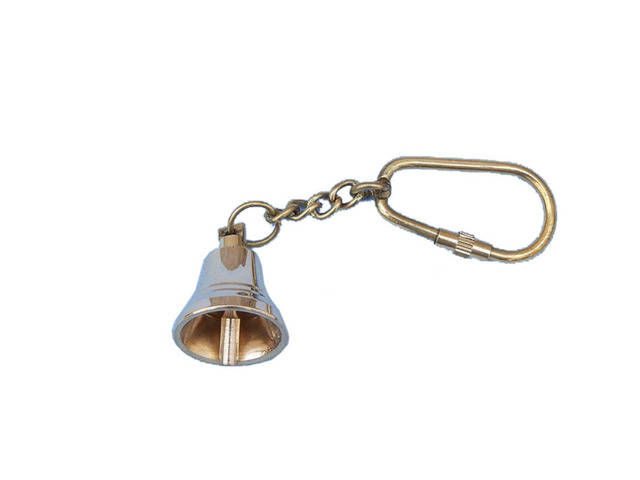
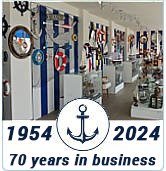






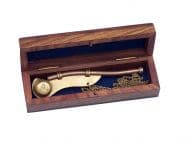
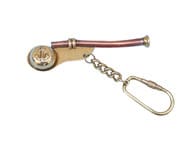
.jpg)


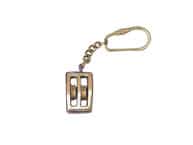
.jpg)
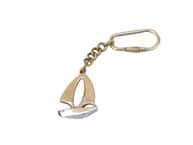
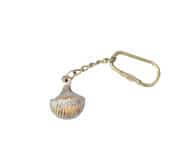
.jpg)
